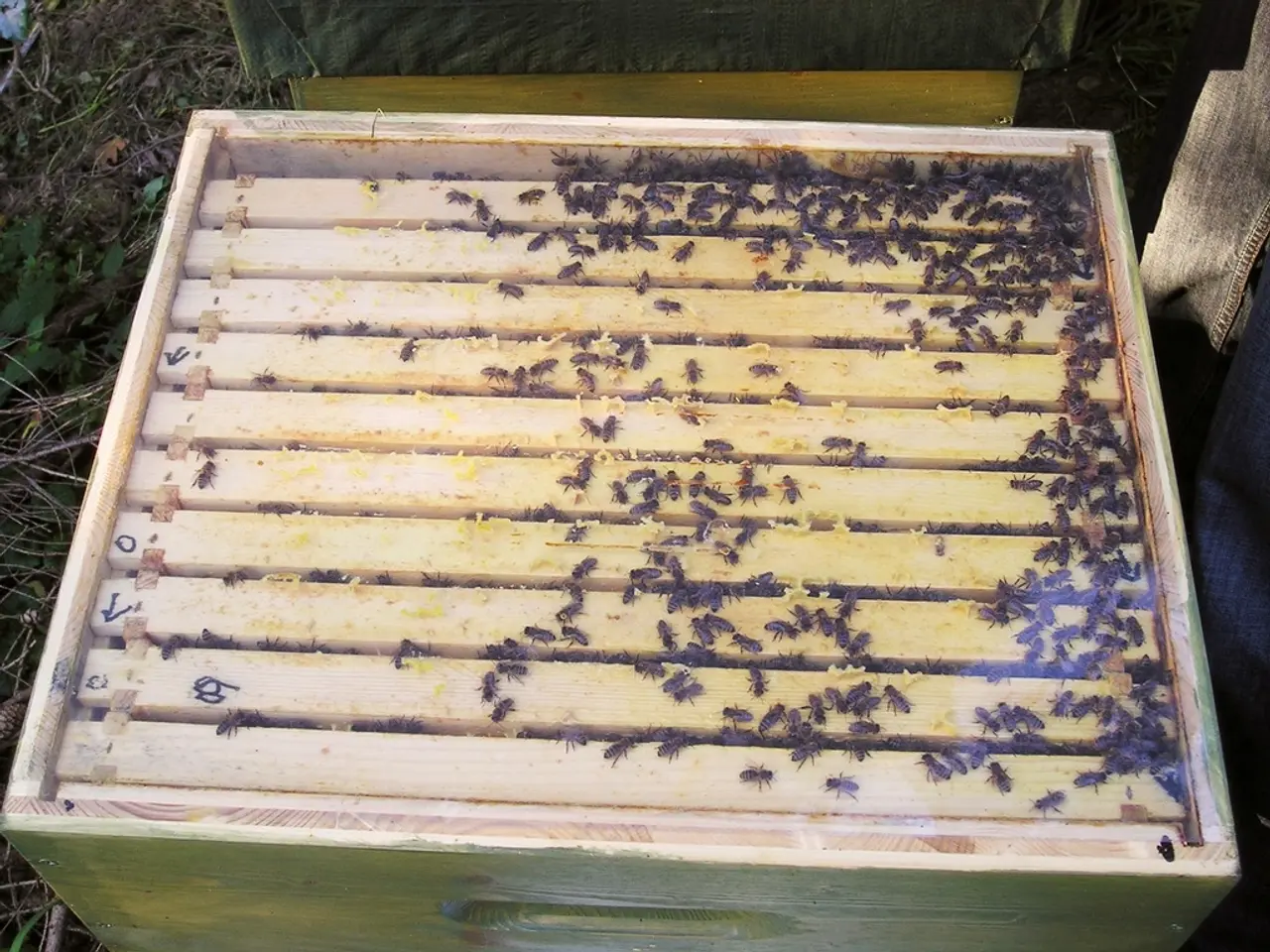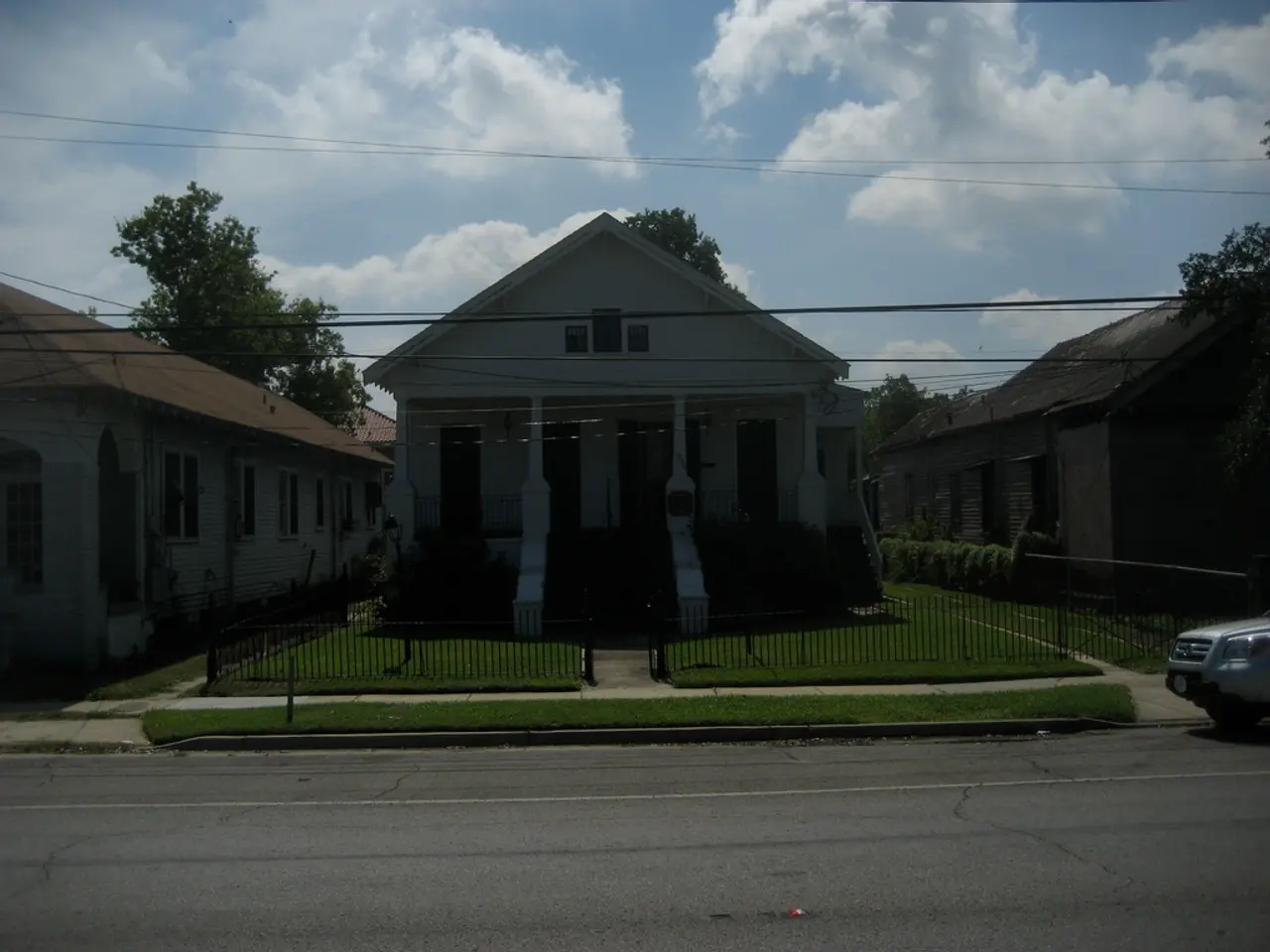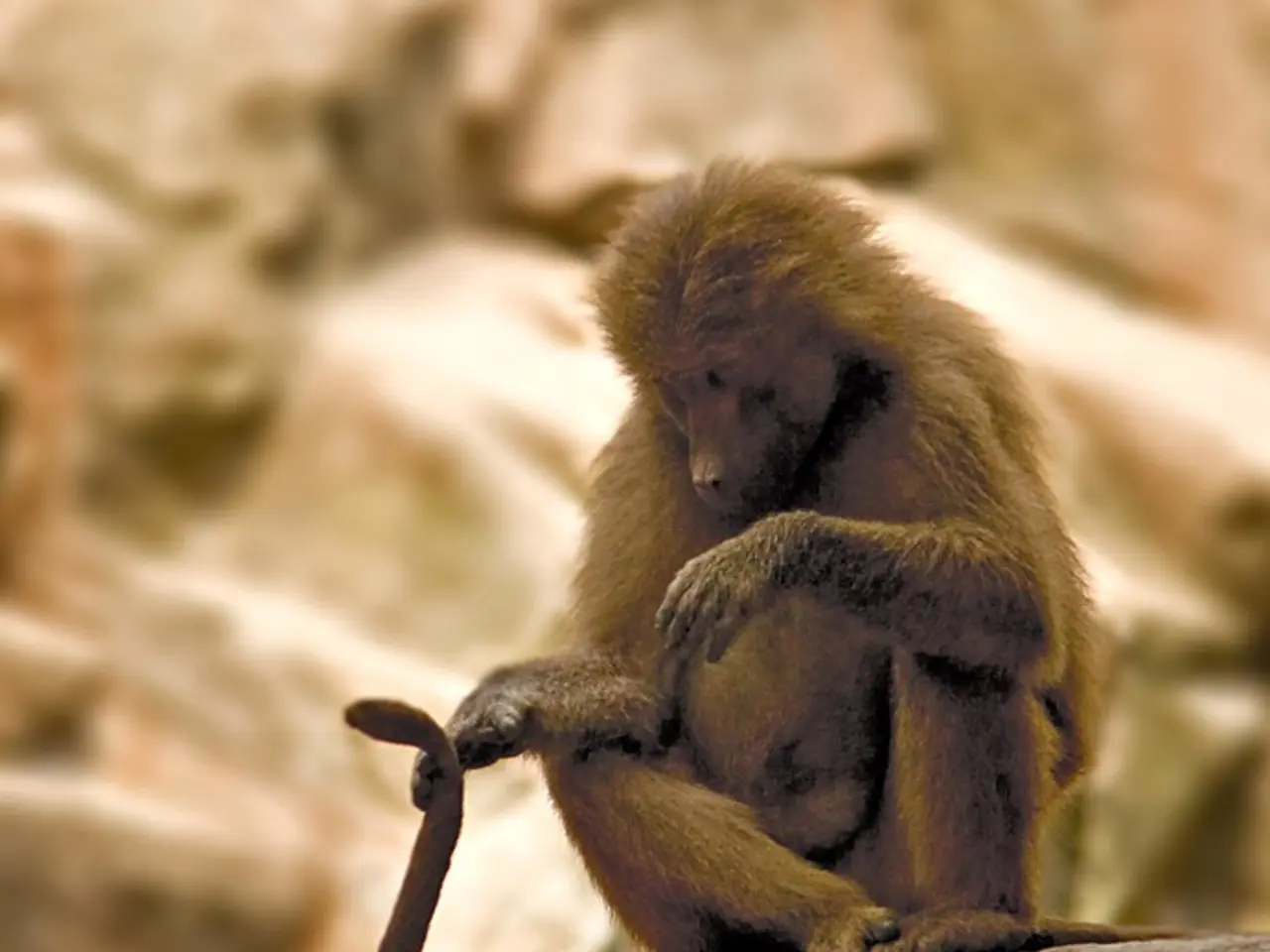Increased sightings of the invasive Spotted Lanternfly prompt caution and concern in 19 states, ranging from New York to North Carolina.
In a bid to control the spread of the invasive Spotted Lanternfly (SLF), researchers at Cornell University have developed an interactive map, showcasing the infestation locations and quarantine zones across 19 states in the Eastern U.S.[5]
Originally native to countries in East Asia, such as China and Vietnam, the SLF has established itself in at least 16 states in the Northeast and Mid-Atlantic, with recent reports also including Northern Kentucky and Ontario, Canada.[1][2]
The quarantine zones, which cover significant parts of Maryland, Pennsylvania, New York, North Carolina, and neighbouring states, require permits for moving goods and equipment to prevent the spread of the pest.[3][4] These measures include mandatory inspections and the destruction of SLF life stages found on transported items or vehicles.
The SLF poses a serious economic threat to vineyards, particularly in states with significant agricultural industries. Pennsylvania, for instance, has over 400 wineries and 17,000 acres of vineyards, generating nearly $7 billion for its economy.[6] Research indicates that when SLF feed on vineyard crops, the quality of the wine produced is lower.[7]
Key points about the quarantine and impact include:
- Geographic spread: Eastern U.S. states from Pennsylvania to Maryland, New York, and as far south as North Carolina and Tennessee, with confirmed presence and quarantine zones.[1][2][5]
- Management practices: Quarantine involves permits, vehicle and goods inspections, egg mass destruction, and insect control strategies like tree traps; removal of host trees (tree of heaven) is recommended with caution.[3][4]
- Economic impact: SLF threatens vineyards by feeding on grapevines, potentially reducing yields and increasing management costs, impacting the wine industry in affected and nearby states.[1]
- Interactive mapping resource: Cornell’s map provides up-to-date visualization of infestation locations and quarantine boundaries to support public awareness and regulatory enforcement.[5]
Many states are encouraging their residents to be vigilant in reporting and controlling SLF populations. The SLF's life cycle is expansive, with eggs able to survive harsh winter conditions and hatching from April onwards, and adult lanternflies being spotted from July to December.[8]
The SLF leaves behind a sticky, smelly substance called honeydew, which can cause the growth of black mold and attract other pests.[9] Experts recommend destroying SLF eggs before they hatch, and encourage residents to stomp on the bug to control its population.
It's important to note that the SLF does not pose a threat to humans or animals, but it feeds on sap from a variety of plants and can harm ecosystems.[10] Maryland, in addition to being a state with recorded SLF presence, has warned its residents of a potential increase in SLF populations over the next few years.[11] Maryland officials have advised people to avoid parking cars under trees to prevent damage from SLF honeydew.
Almost the entire states of Maryland and Pennsylvania have been identified as quarantine zones for the SLF.[12] The SLF's preferred plant is the tree of heaven, but it will eat sap from any plant.[13] North Carolina, along with several other states, has implemented an online report system for residents to submit findings of SLF populations.[14]
The SLF eggs are laid on various surfaces, including trees, rocks, vehicles, and lawn furniture, and appear as light grayish or brown, one-inch-long patches resembling mud or putty.[15] The SLF was first recorded in Berks County, Pennsylvania in 2014.[16]
In conclusion, the integrated approach combining quarantine enforcement, public education, and scientific monitoring aims to limit the spread and mitigate damage to valuable wine-producing regions in the Eastern U.S. and nearby areas. Residents are urged to stay vigilant and report any sightings of the SLF to their local authorities.
- In the realm of environmental science, the looming threat of climate change could exacerbate the spread of the Spotted Lanternfly (SLF), potentially altering weather patterns and facilitating the pest's expansion to new regions.
- To assist in weather forecasting and the tracking of the SLF infestation, the interactive mapping resource developed by Cornell University serves as a valuable tool, offering real-time data about the pest's geographic distribution and quarantine zones in the Eastern U.S.








